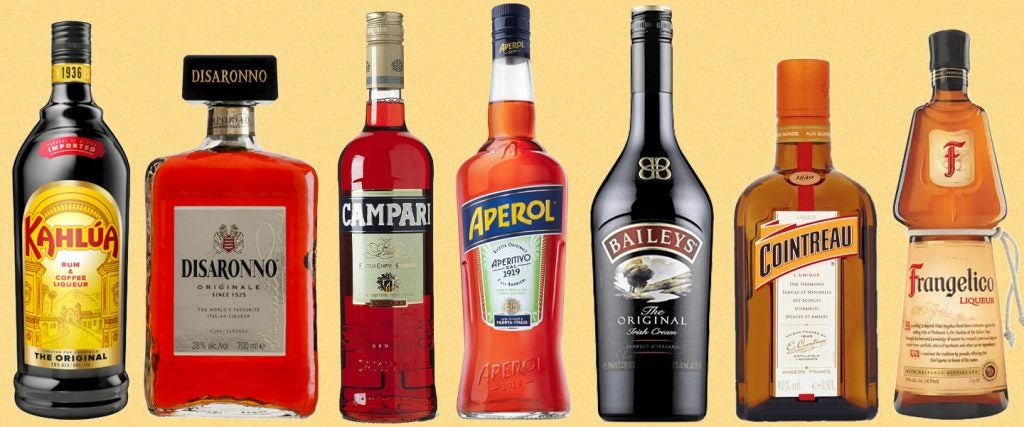It was around this time of year in 2018 that all anyone could talk about was the Aperol Spritz. It now feels like a weird fever dream, but at some point, every single drinking establishment in the country decided to start offering the same iced drink made from a largely unknown Italian liqueur. I never fully immersed myself in all the Aperol Spritz hype, or the backlash to the hype or even the backlash to the backlash to the hype, but that’s mostly because I had no idea what I was drinking.
Aperol, as I was told 1,000 times that summer, is actually a liqueur, which means it has less alcohol by volume than liquor. However, don’t be so silly as to compare Aperol to the other liqueurs you might know offhand, like say fernet, Grand Marnier or Malört, because they aren’t the same.
Sure, taste-wise and alcohol-percentage-wise it’s understandable to lump them all into the same category. But technically speaking, Aperol is an “apéritif,” while the others would be considered “digestifs.” What’s the difference between aperitif and digestif, then? And what is a liqueur, anyway?
According to Anthony Caporale, Director of Spirits Education at the Institute of Culinary Education, I’m not completely to blame for not being up to speed on my liqueur terminology. “The words aperitif, digestif, liqueur and cordial are often used interchangeably in the U.S.,” Caporale explains. “In fact, liqueur is the only formally-defined term among the three, referring to a distilled spirit that is sweetened and usually flavored, often (though not always) with a lower alcohol content than liquor.” Liqueurs can also be referred to as “cordials,” but that’s beside the point. Both aperitifs and digestifs fall under the liqueur umbrella, Caporale says, and “the distinction between the two isn’t based on what’s in the bottle, but rather when it’s served.”
Apertifs, of course, are served before a meal, and disgetifs are served afterward.
Beyond that, Noelle Gregulak, the bar manager at Chicago’s Funkenhausen, explains that there is some difference between aperitifs and digestifs when it comes to what’s in the bottle itself. “Aperitifs are usually on the dry or tart side,” she says, giving some examples that include vermouth, amaros and the aforementioned Aperol. Digestifs, meanwhile, “capitalize on the alcohol’s tendency to make us feel less full,” Caporale explains. Though the belief that digestifs aid in digestion is up for debate, a Fernet or sweet liqueur like Grand Marnier can be a tasty way to finish a meal.
Whether you like it or not, another viral liqueur phenomenon like the Aperol Spritz is pretty much inevitable. At least when it happens next time, you’ll kinda, sorta know what you’re drinking.

